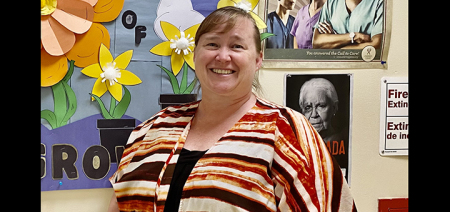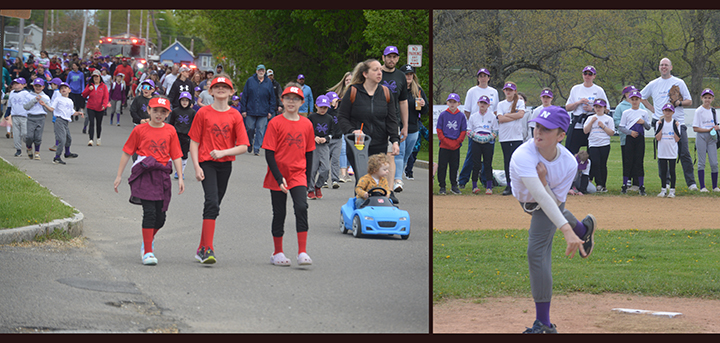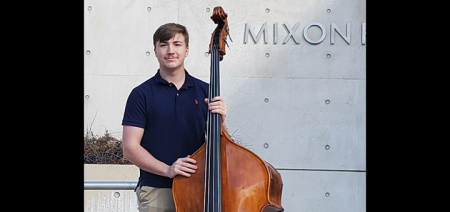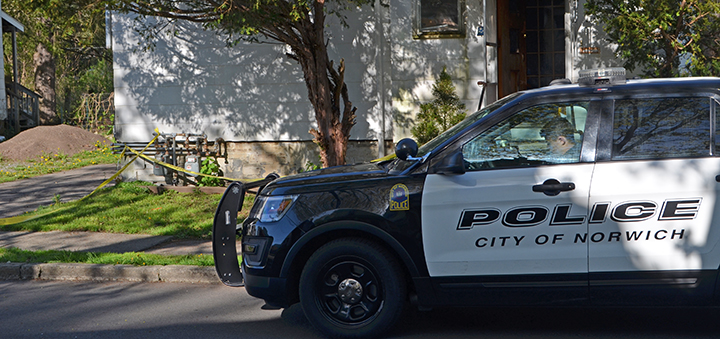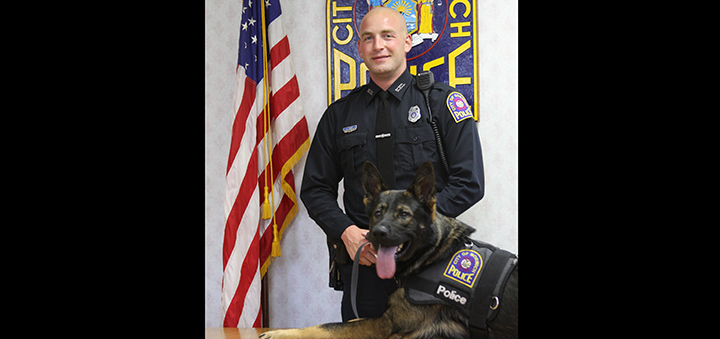Outdoor Chenango: Better Late Than Never
Published:
November 29th, 2023
By:
Eric Davis
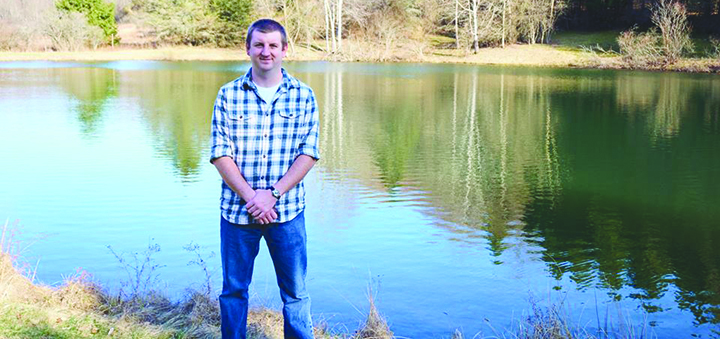
While it has only been gun season for under two weeks, the deer themselves are going into their post-rut phase. This typically is accompanied by the notion of the hunting becoming worse. While hunters likely will notice there is less deer activity, this does not necessarily mean the hunting is worse. The key is to know how to make the most of seeing fewer deer.
If you still have trail cameras up, check them frequently. Bucks will start to show up in the day time as they need to start replenishing their fat reserves that they burned during the rut. The need to eat will lead them into showing themselves while it’s light out. Cameras set up on major trails between bedding and feeding areas can let you know what trail the buck is taking and when.
All it takes is one or two daytime pictures for a buck give away his position and allowing you a chance to take advantage. Also, use the snow to see where deer are walking. As the season progresses, you may notice a change in the trails that are used by the deer. Early season food sources, like apples, may run out and cause the deer to change where they go to feed.
Do you feel that you have an excessive amount of does in the area? If you do, you may start to notice the “second rut” as does that weren’t bred during their first cycle of going into heat will start to go into heat again. While not as intense as the first rut, you can find bucks out looking for any does that go into heat for the second time.
Use the same tactics that you use in the rut, just maybe avoid all day sits as the overall amount of movement is greatly diminished. Instead, focus on being where the does are in the morning and afternoon. In areas with a good buck-to-doe ratio, there is only one peak in the rut so this is not that common. Typically, you need a very poor buck-to-doe ratio (1 buck for every 10 does or more) to see a second peak of rut activity.
Whether you are chasing one specific buck or are trying to hunt where the does are, food will become the X-factor for success. As already mentioned, bucks need to recover from the wear and tear of the rut. All deer will be focused on putting on as much fat as possible before the long winter sets in. Carbohydrates are a preferred food type that is easily converted into fat reserves. Agricultural grains are a good source of carbs for deer. Looked at corn fields that have been combined or picked as this leaves more residual corn in the field that cut fields do. Still standing soybeans are a favorite of Midwest deer hunters during the late season timeframe.
An often-overlooked source of carbs this late in the fall is acorns. While deer will eat freshly dropped acorns in the early fall, some species of oak have acorns with more tannins in them which make them less palatable when they are fresh. However, after sitting around for a month or more, the tannins leach out of the acorns and the acorns become easier on the deer’s stomach.
A few years ago, when hunting during the late muzzleloading season, a friend was complaining that he had a lot of money invested in food plots and wasn’t seeing any deer in them. He said he walked through the woods and it looked like a twister had gone through. The deer had been digging through the leaves on the forest floor feeding on acorns. After hearing that, I noticed the forest floor where I was hunting looked the same way.
One of the traditional ways of hunting deer later in the season is by doing drives. In a deer drive, some hunters are positioned as sitters (or watchers) while other hunters are the drivers and walk through the woods to spook deer into going towards the sitters. Driving deer can be very productive, especially in areas with a lot of thick cover where deer can stay hidden from hunters.
Safety should always be the number one focus when doing drives. Know where each sitter is going to be located, and where the drivers will be coming from. Having everyone wear a blaze vest and hat makes them very visible to other hunters. Know what direction is safe to shoot and what direction isn’t. When setting up the drive, make it so the wind is in the sitters’ faces so that the drivers are walking with the wind at their back so deer can wind the drivers but not the sitters. Keeping the drivers spaced out about 60 to 75 yards apart helps reduce the chances of deer doubling back by the drivers. If the drivers move at a slow pace, they can find themselves with possible shots instead of just seeing deer running away. Take three to five steps, then stop and count to five in your head.
Repeat this through the entire drive. Not only does this give drivers potential shots, it also keeps the deer from running full speed and gives the sitters a better shot opportunity.
Author: Eric Davis - More From This Author
Comments

